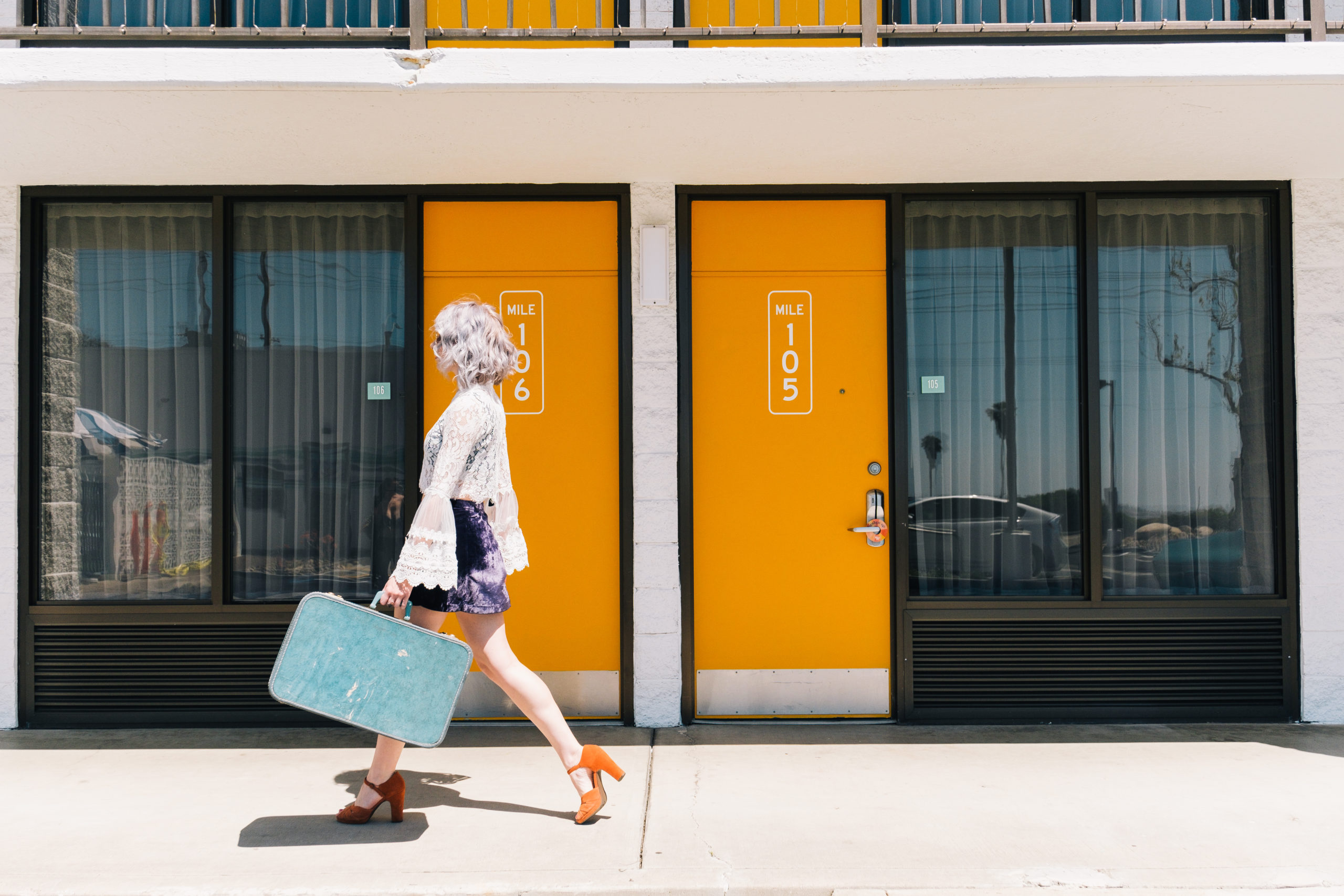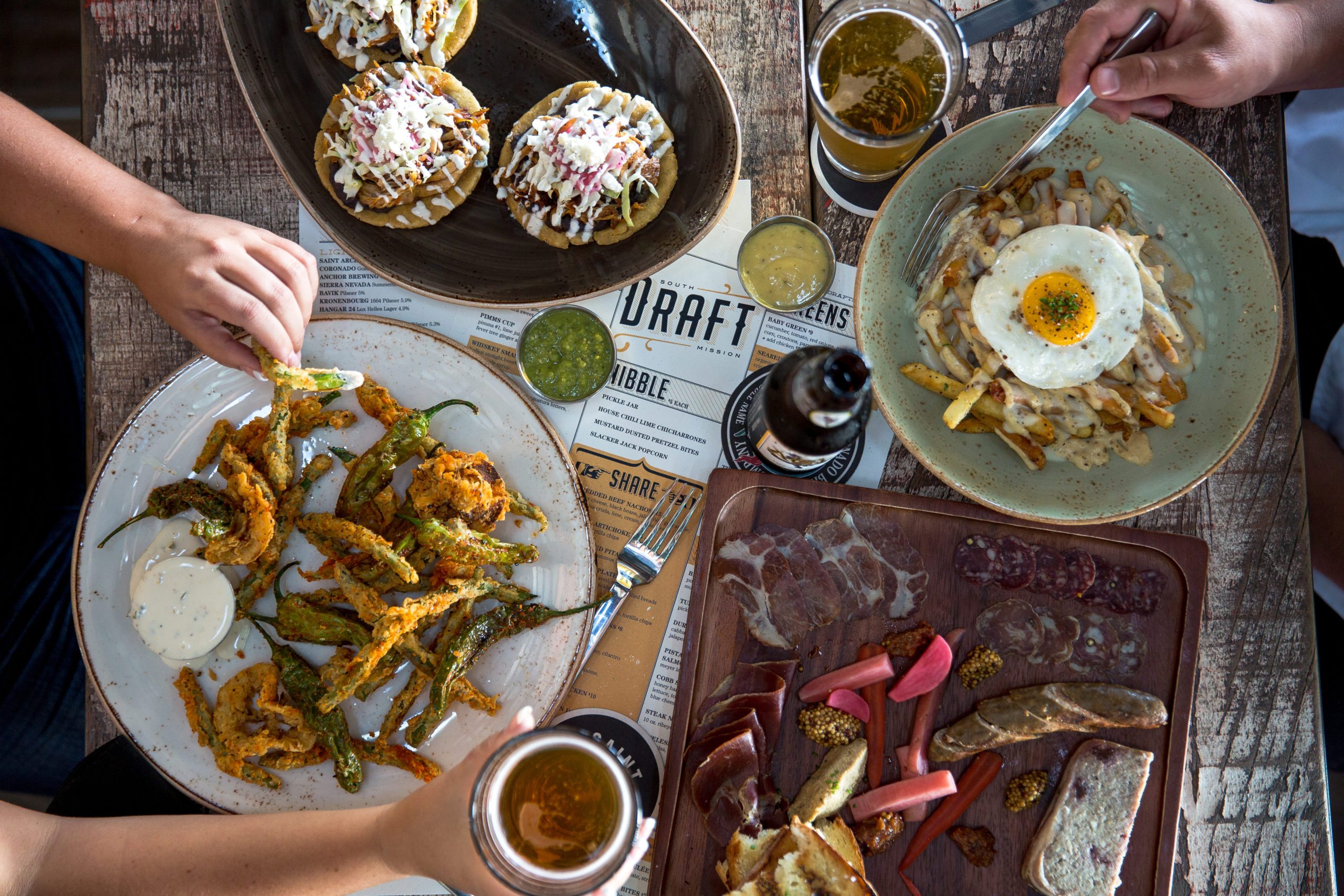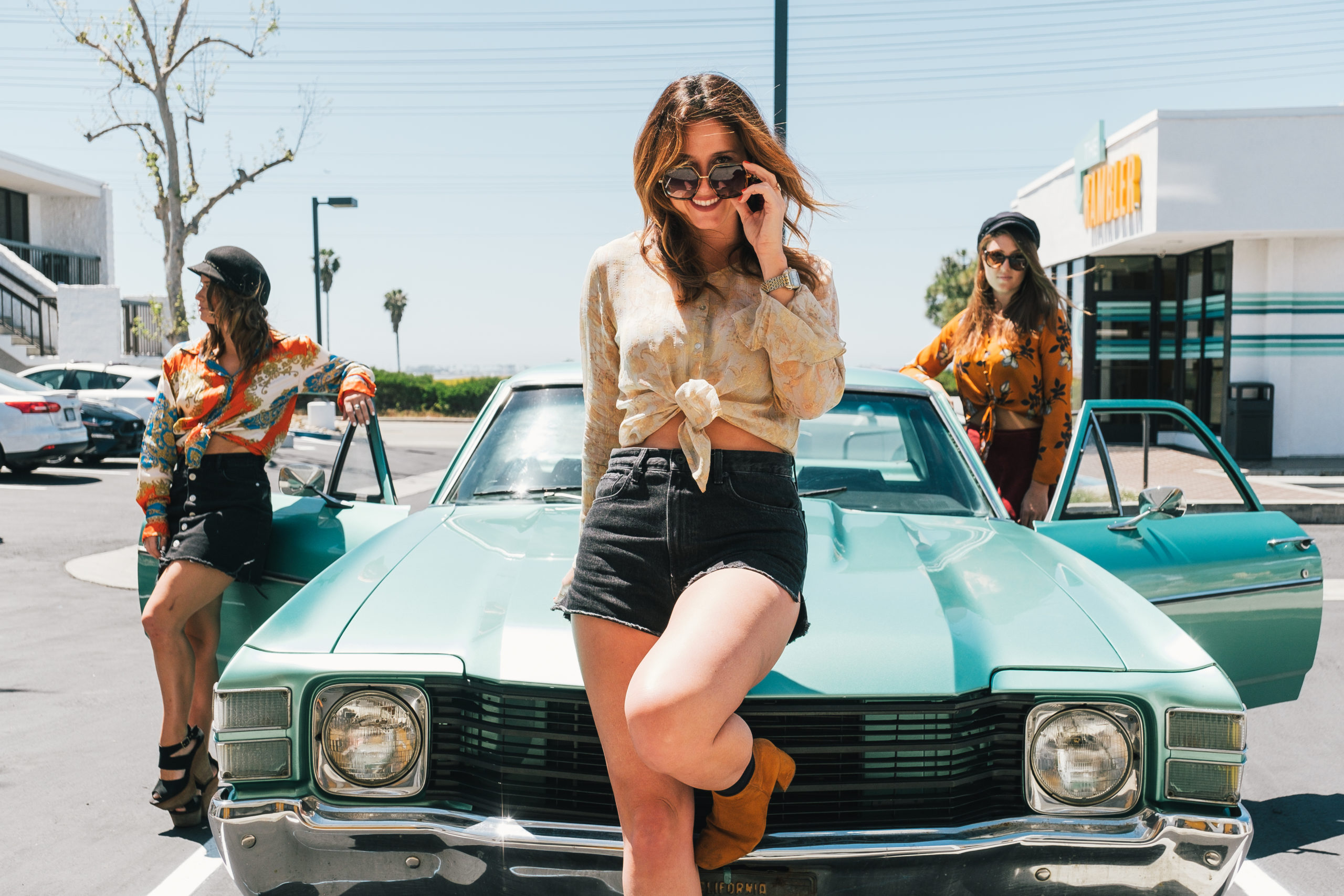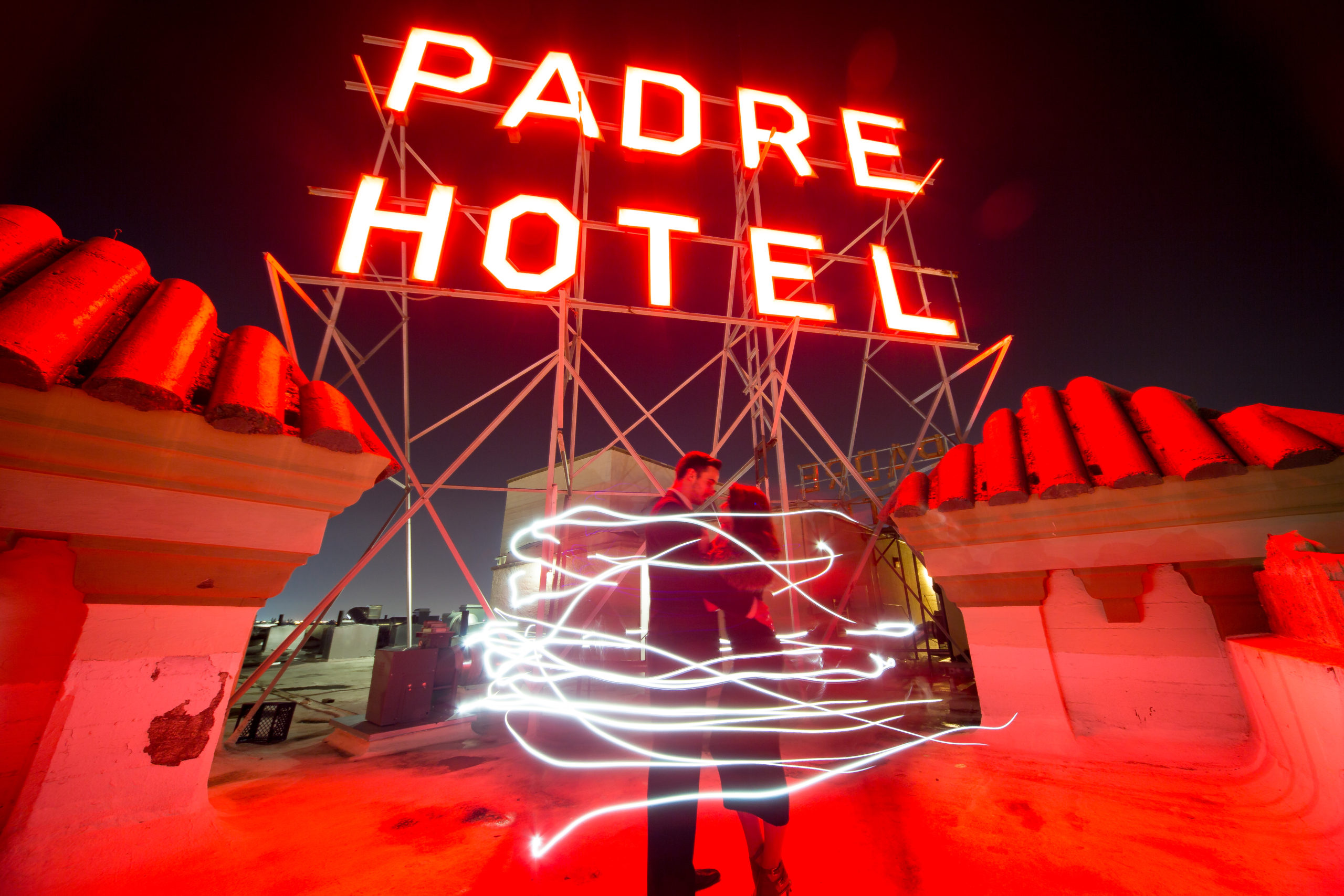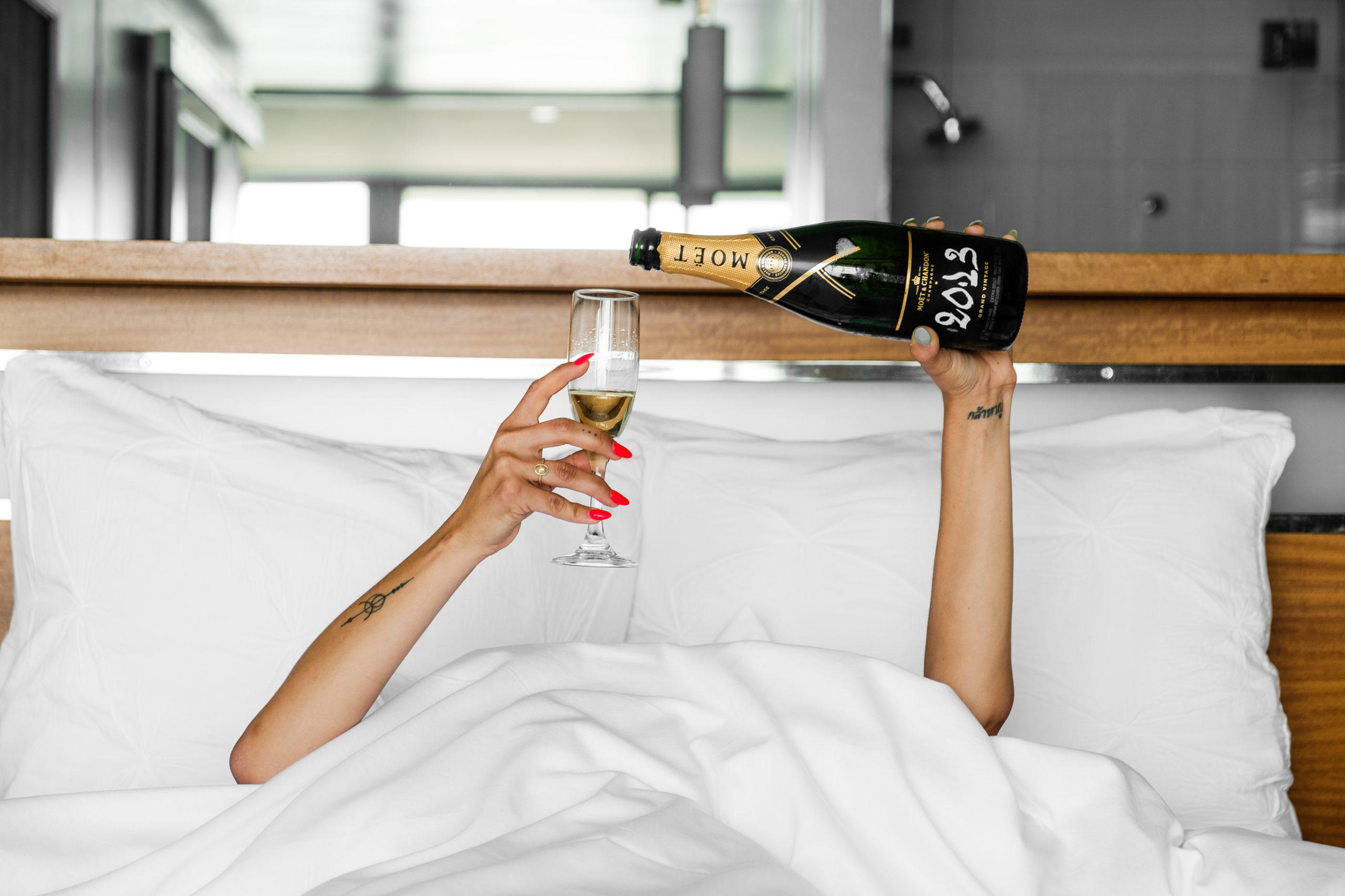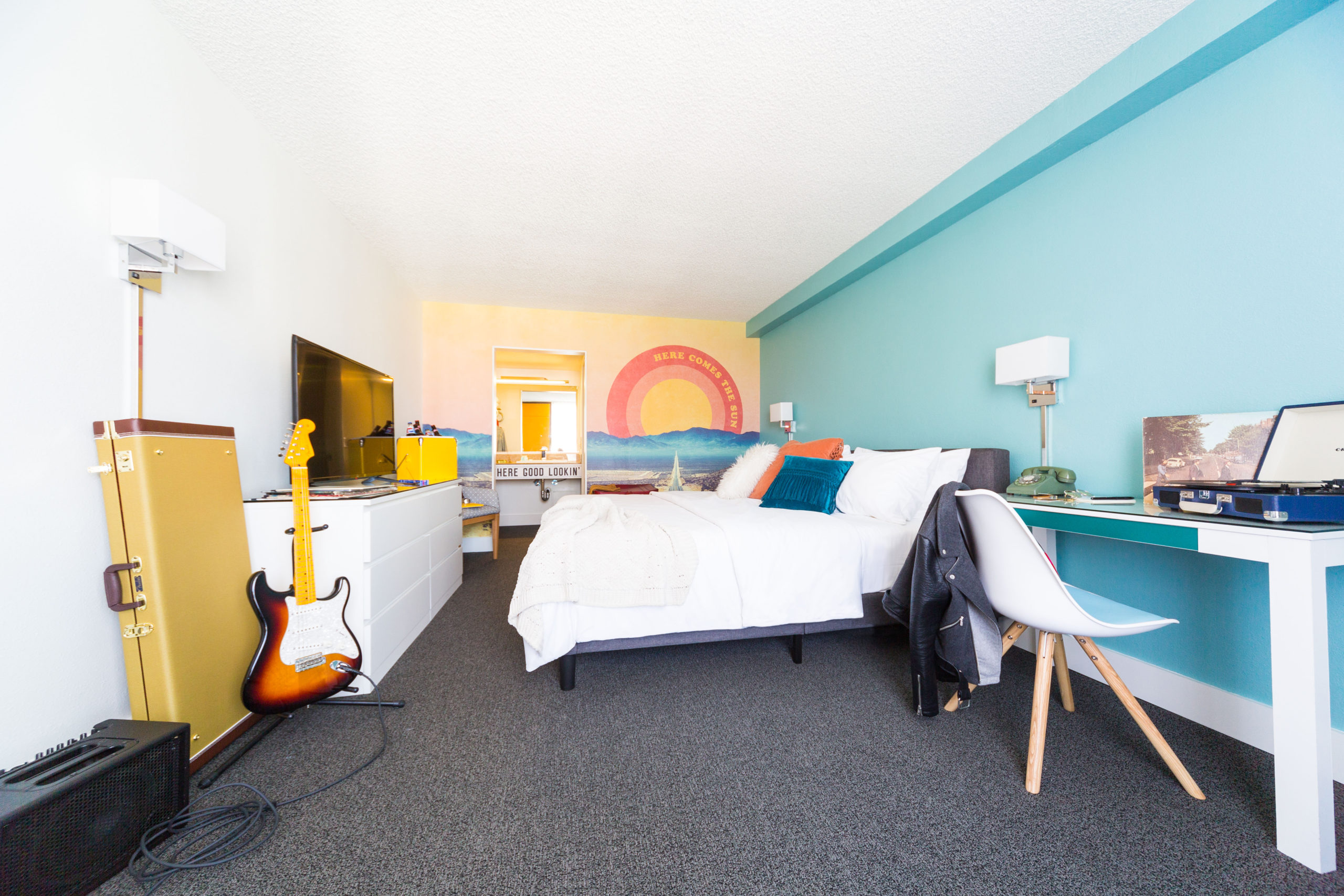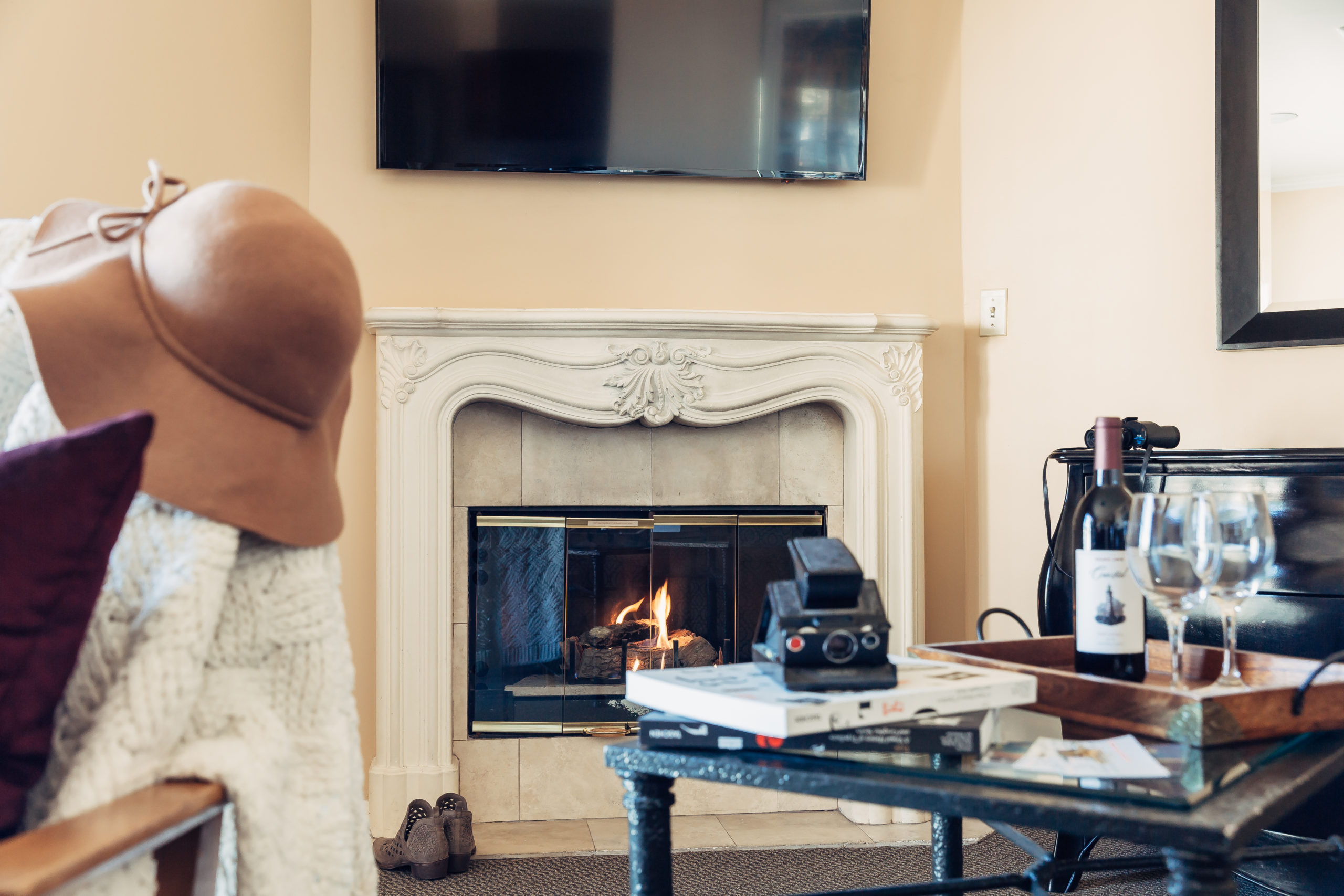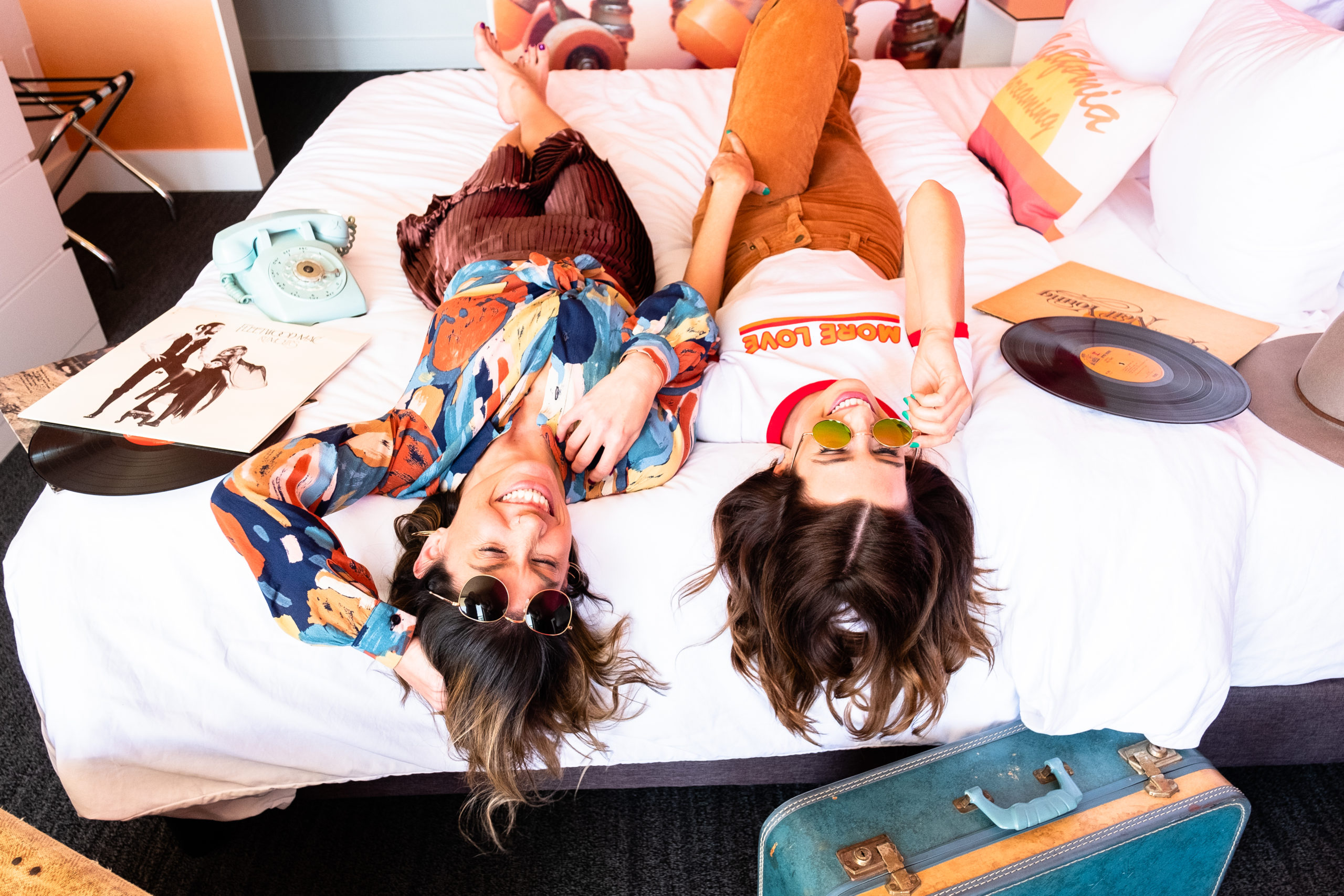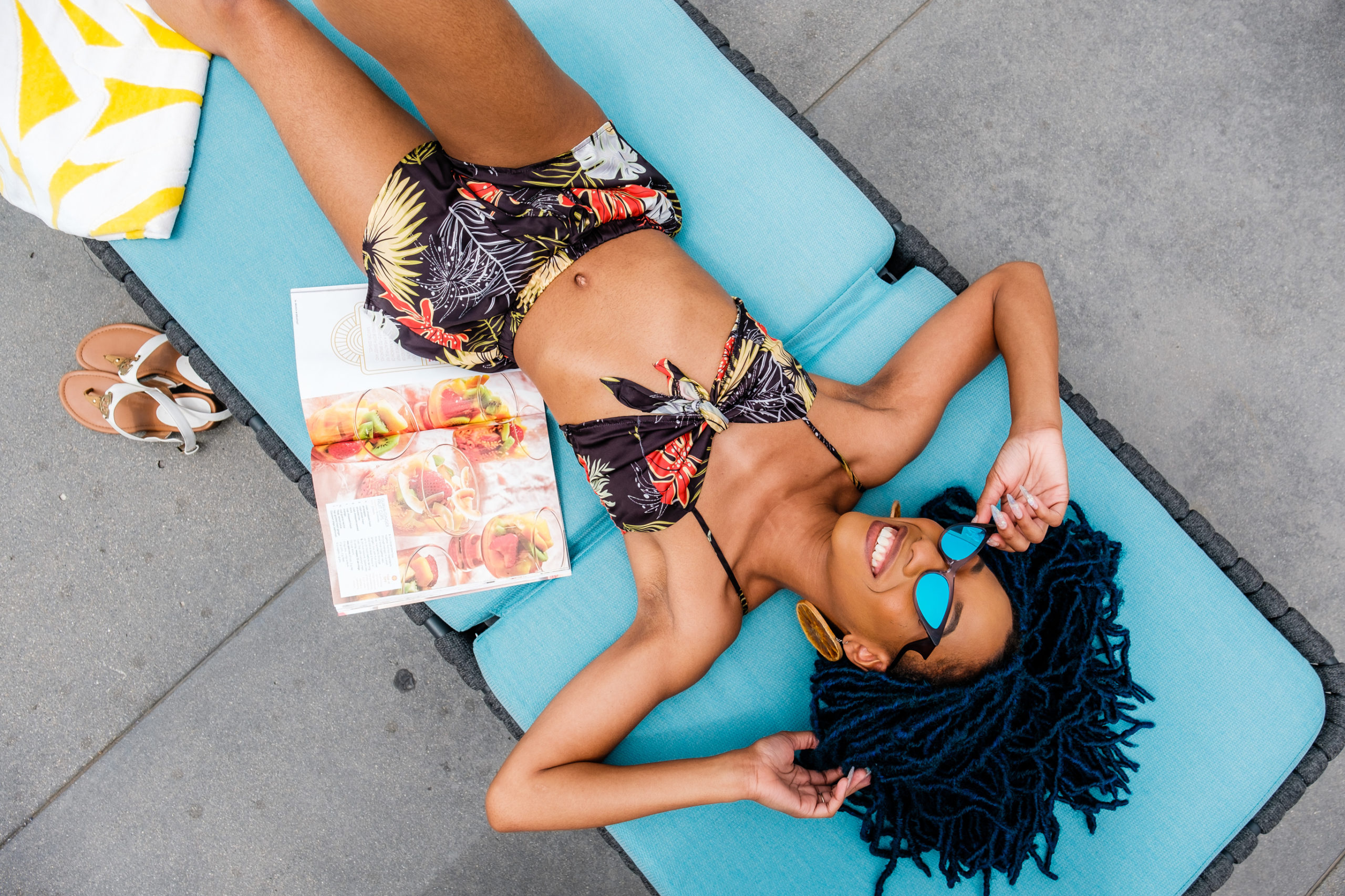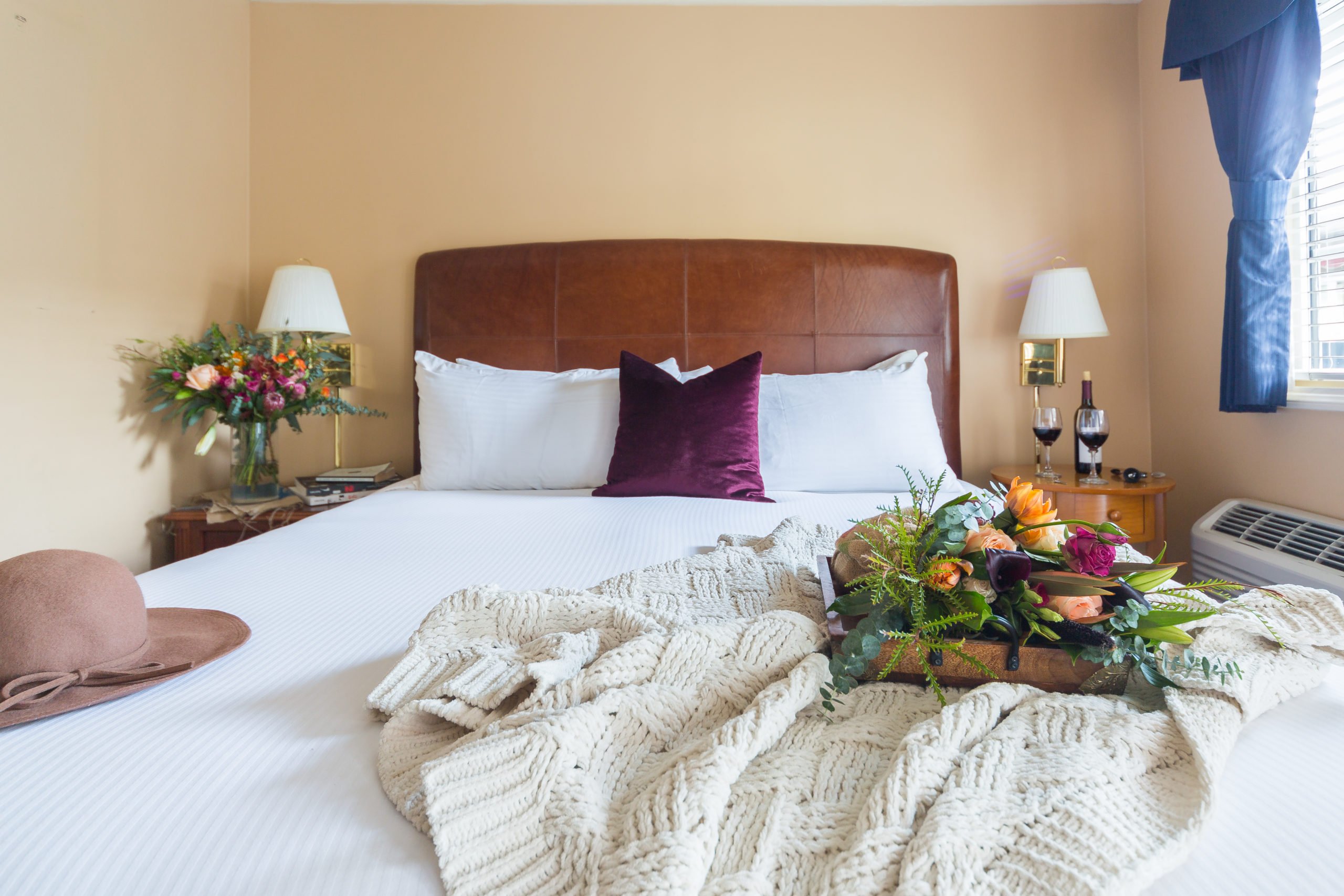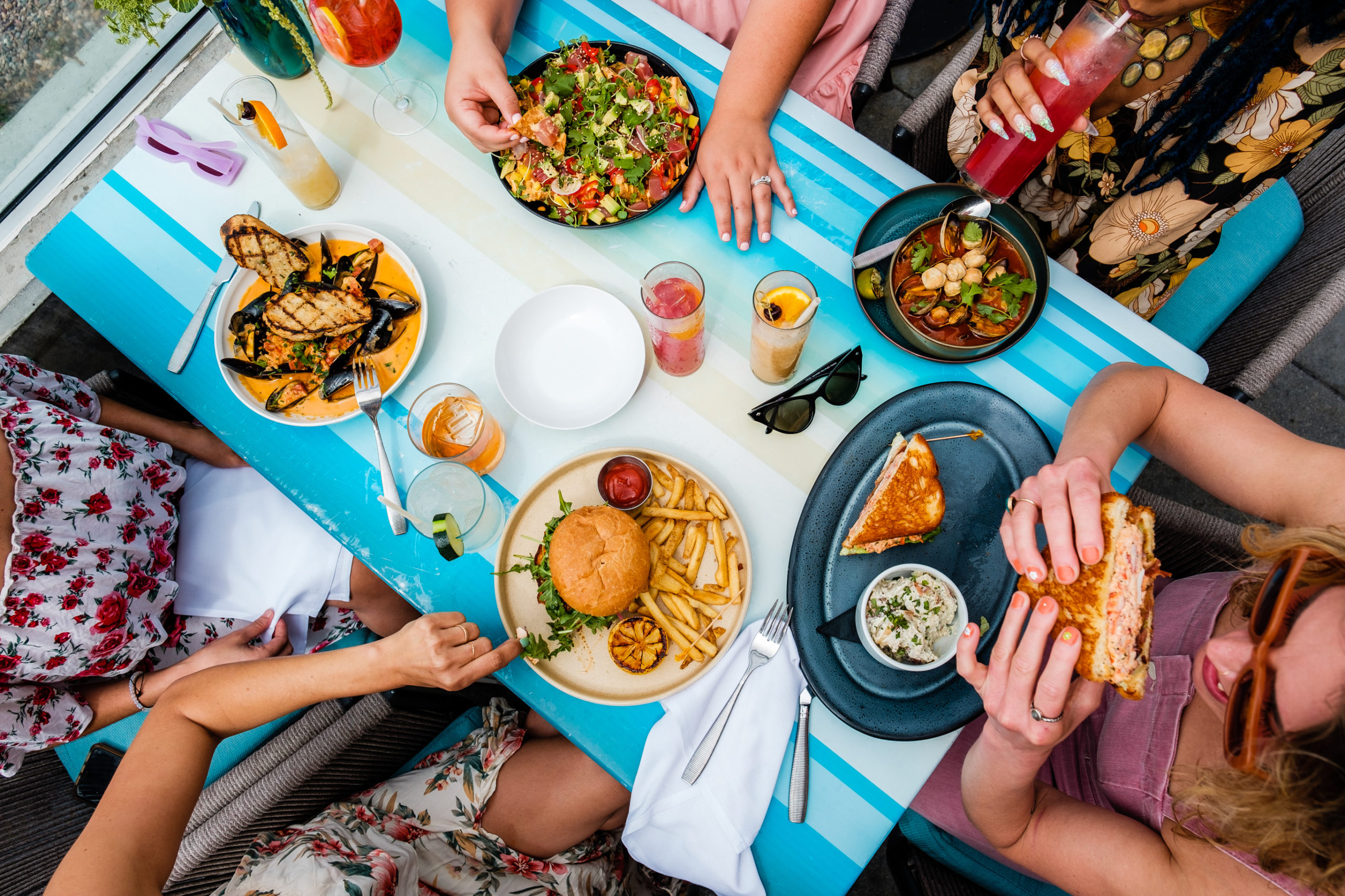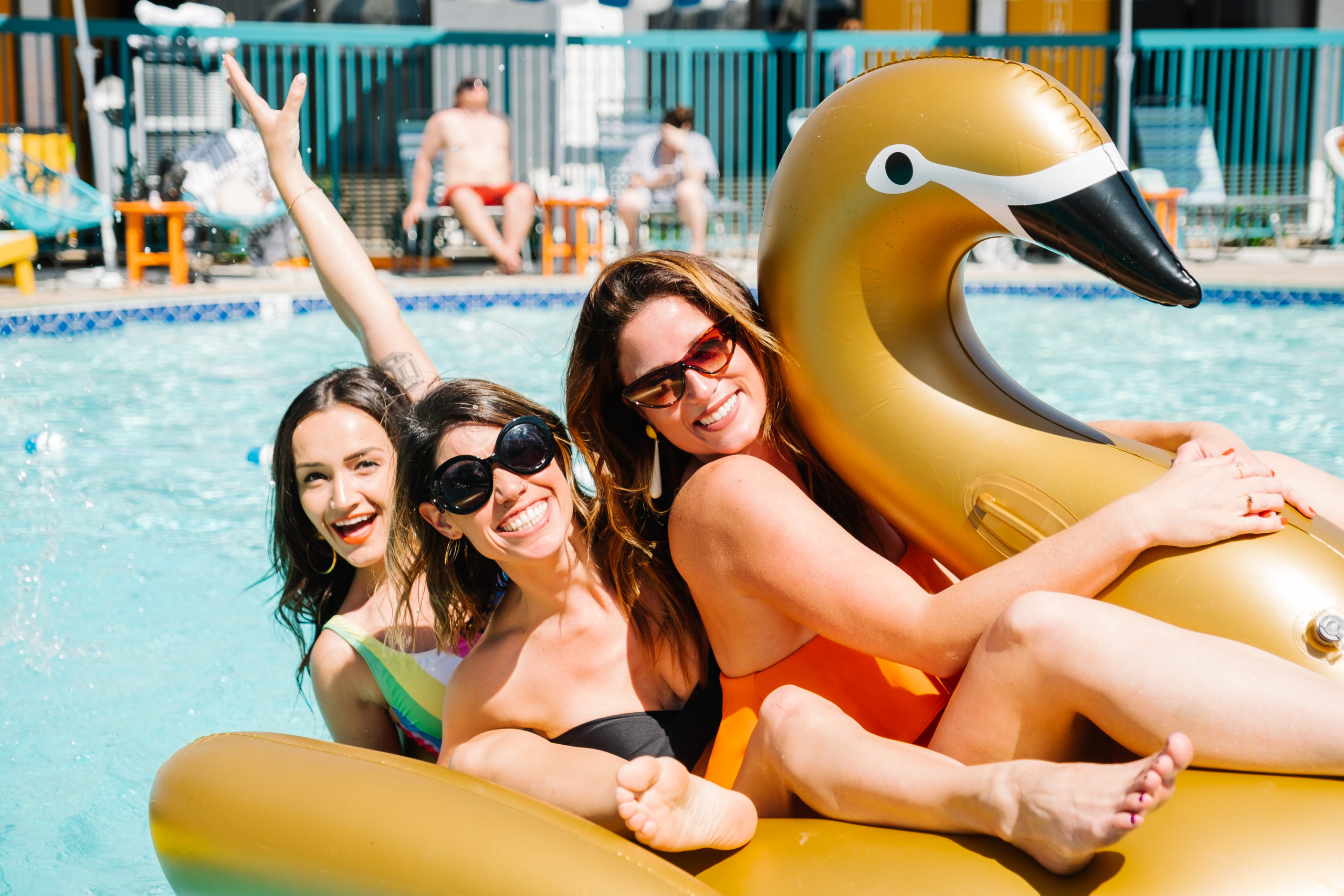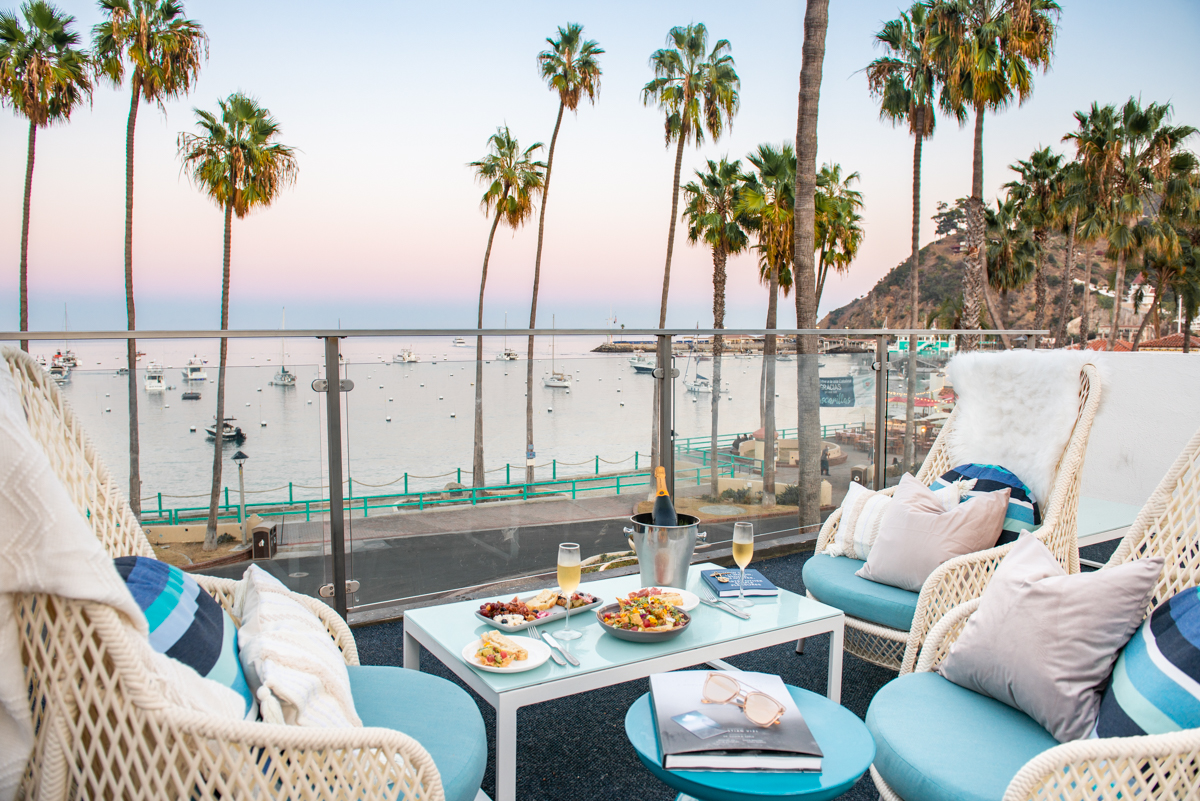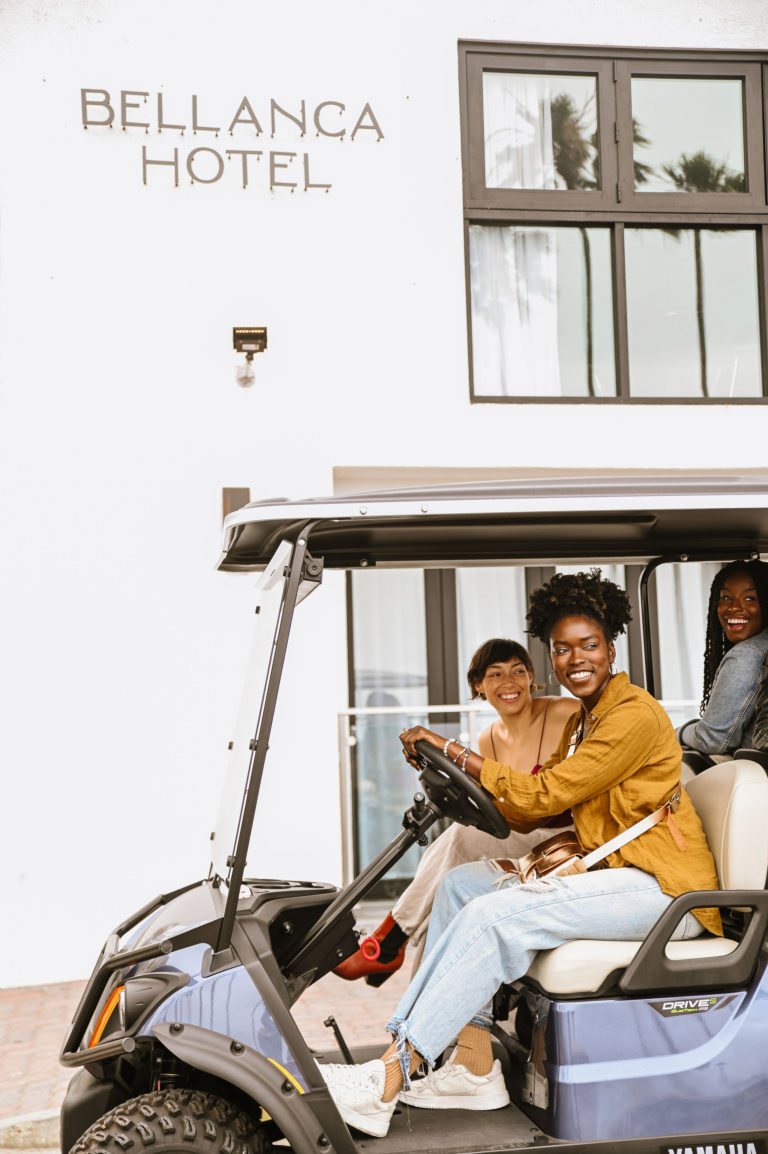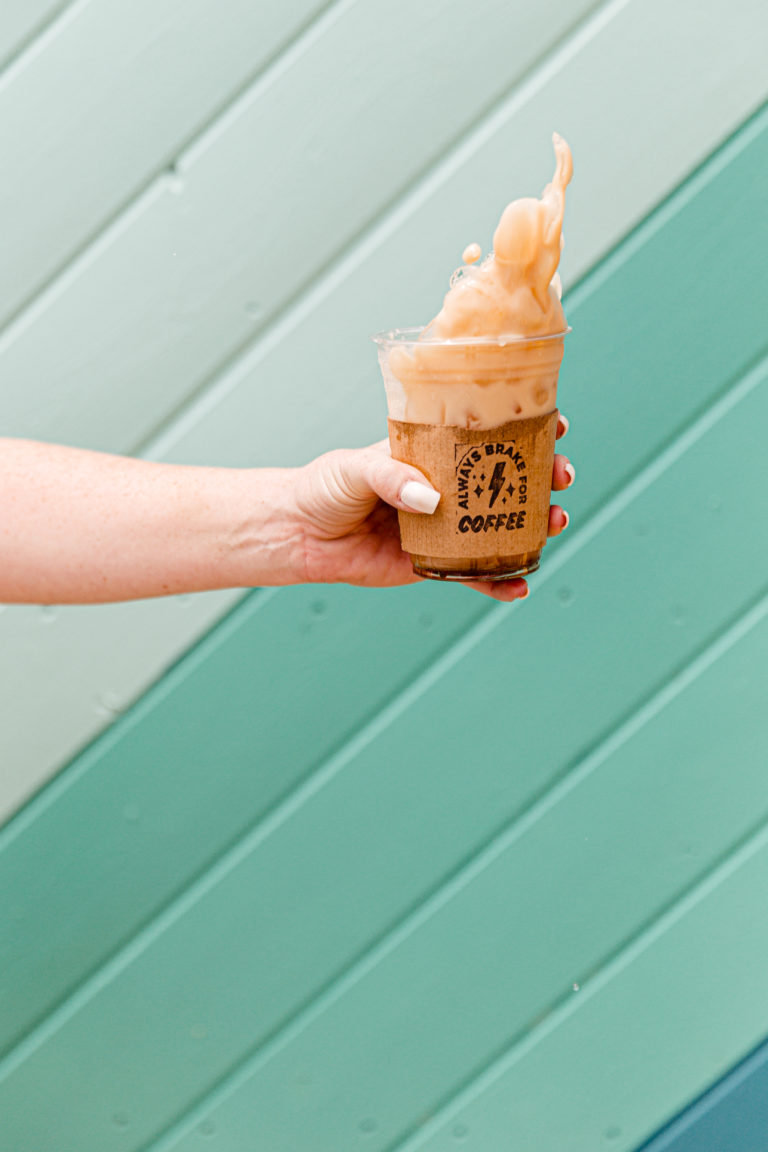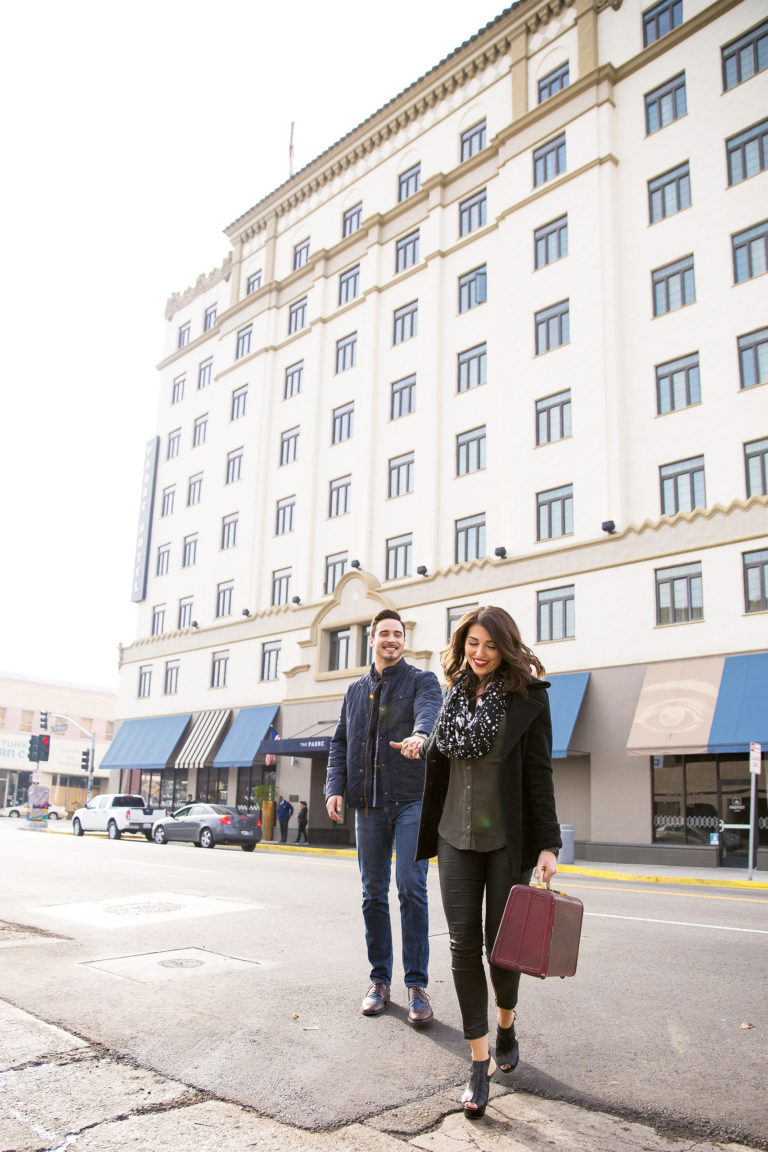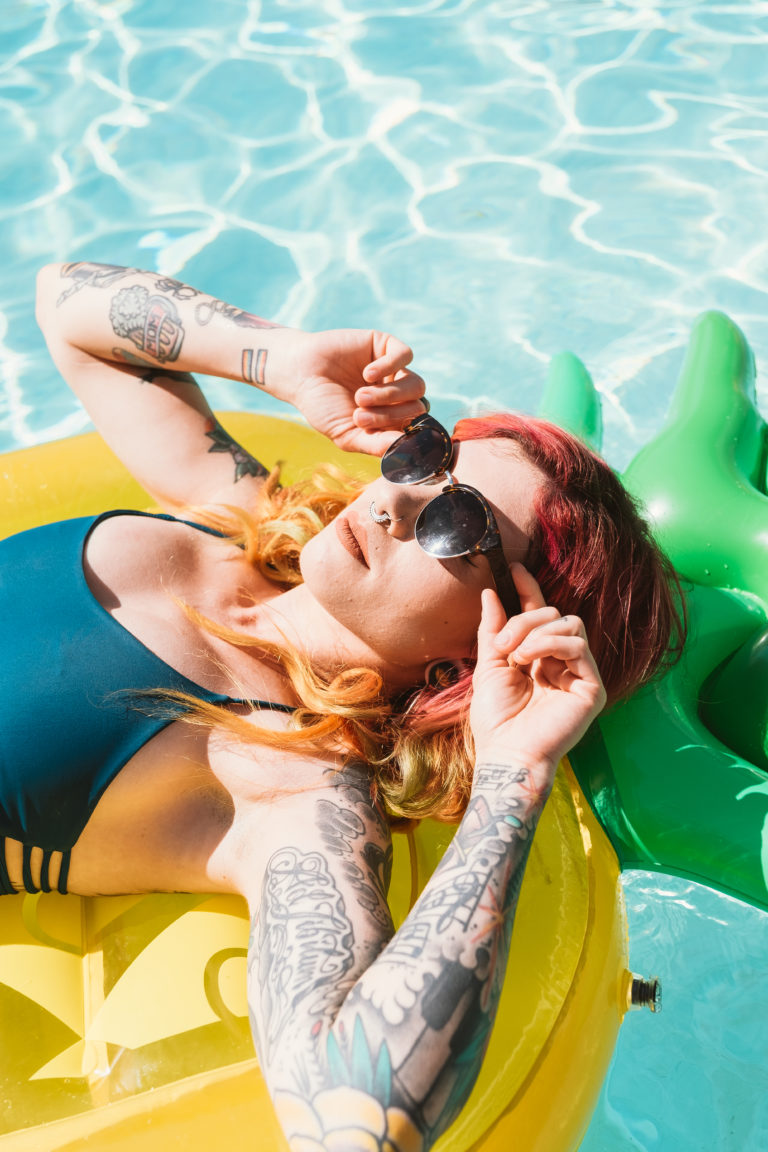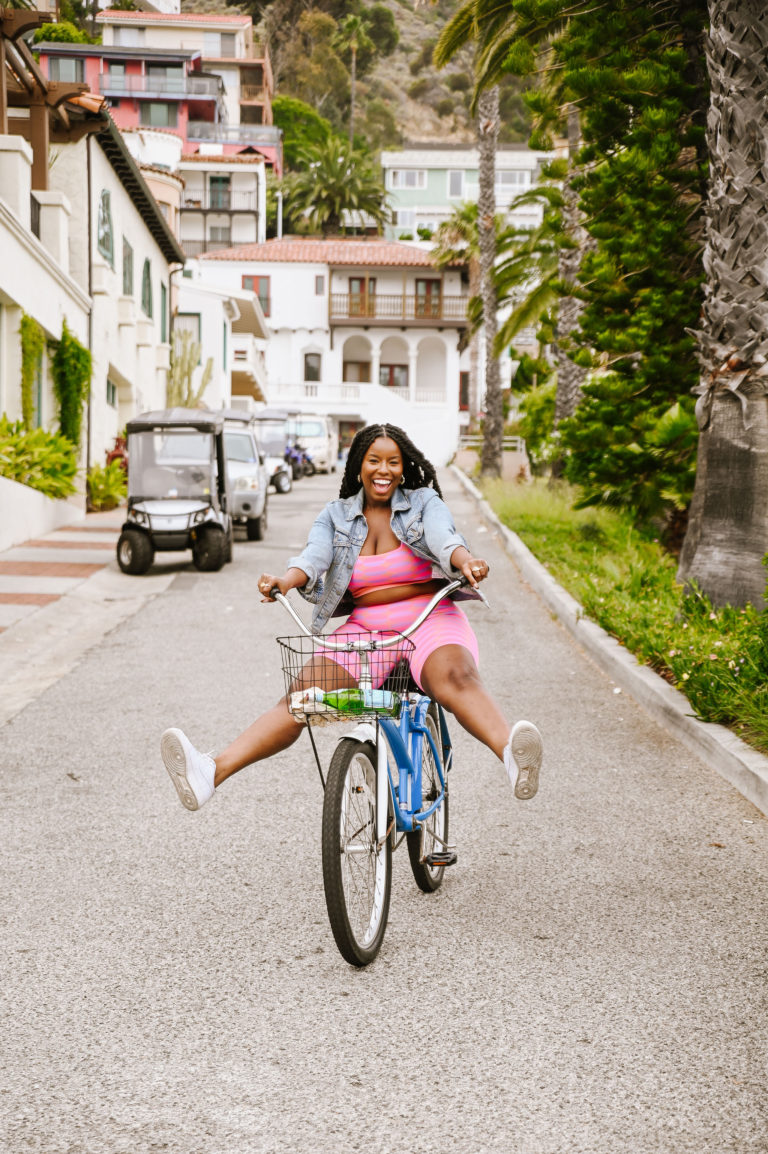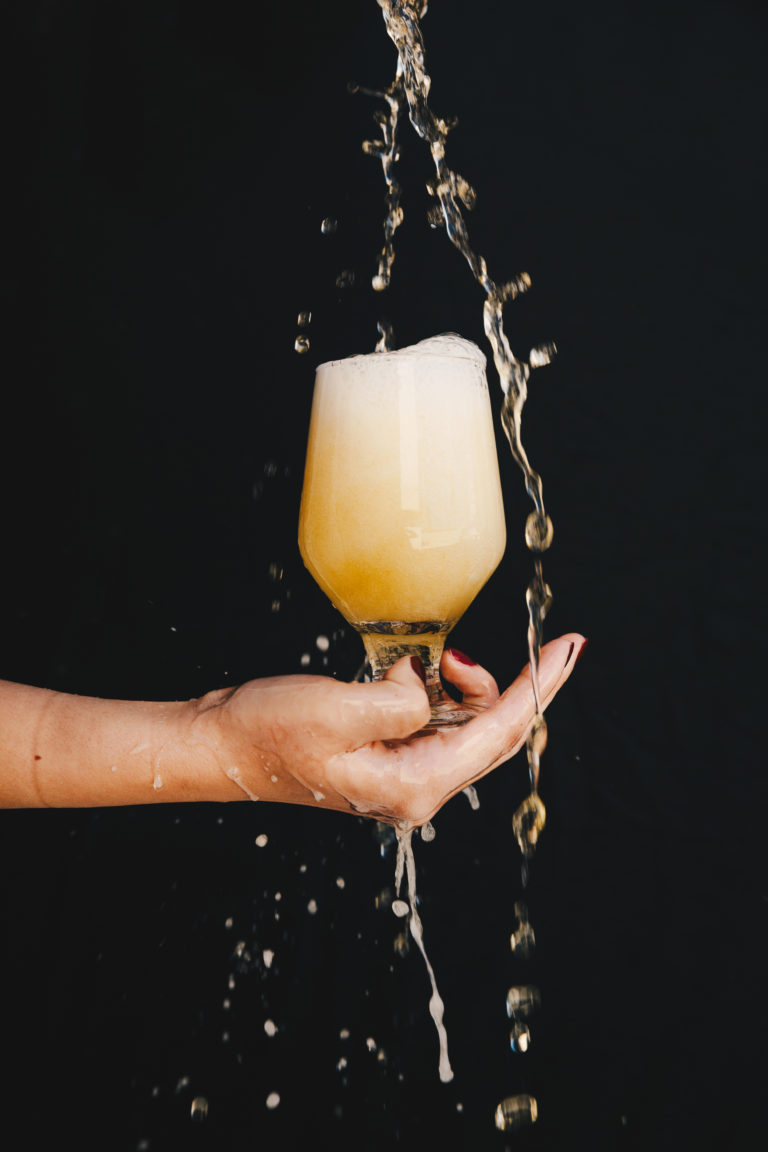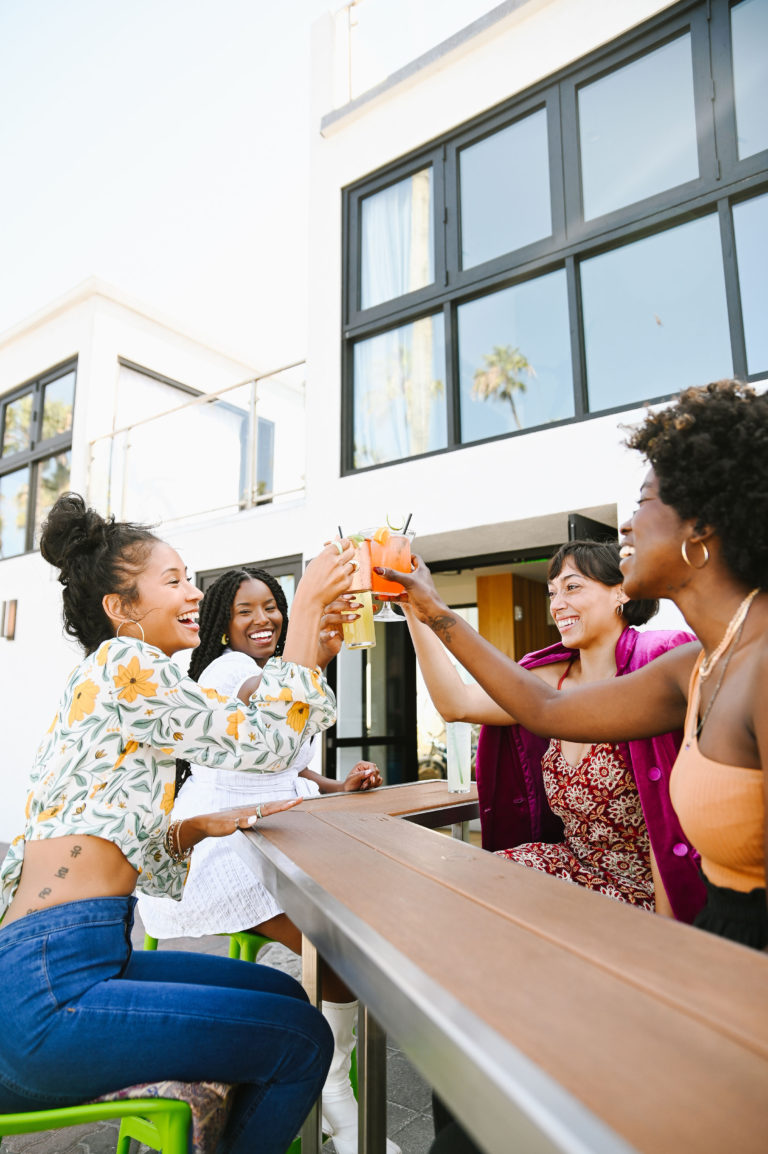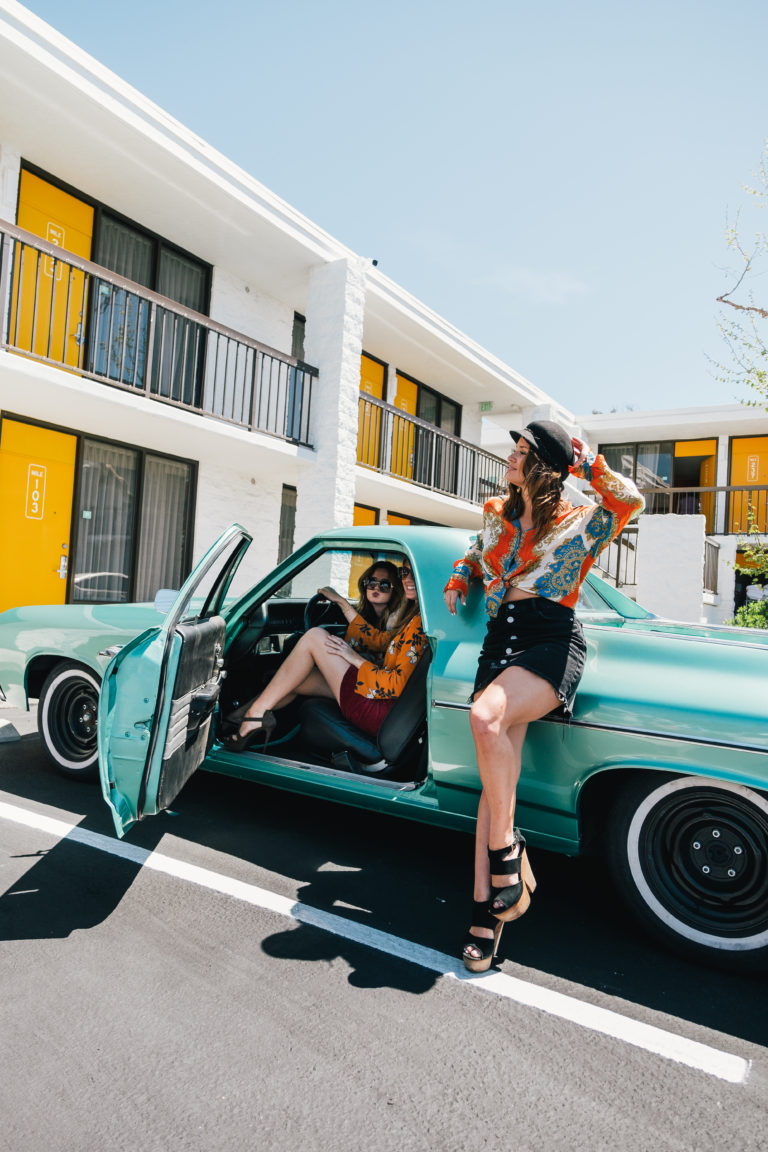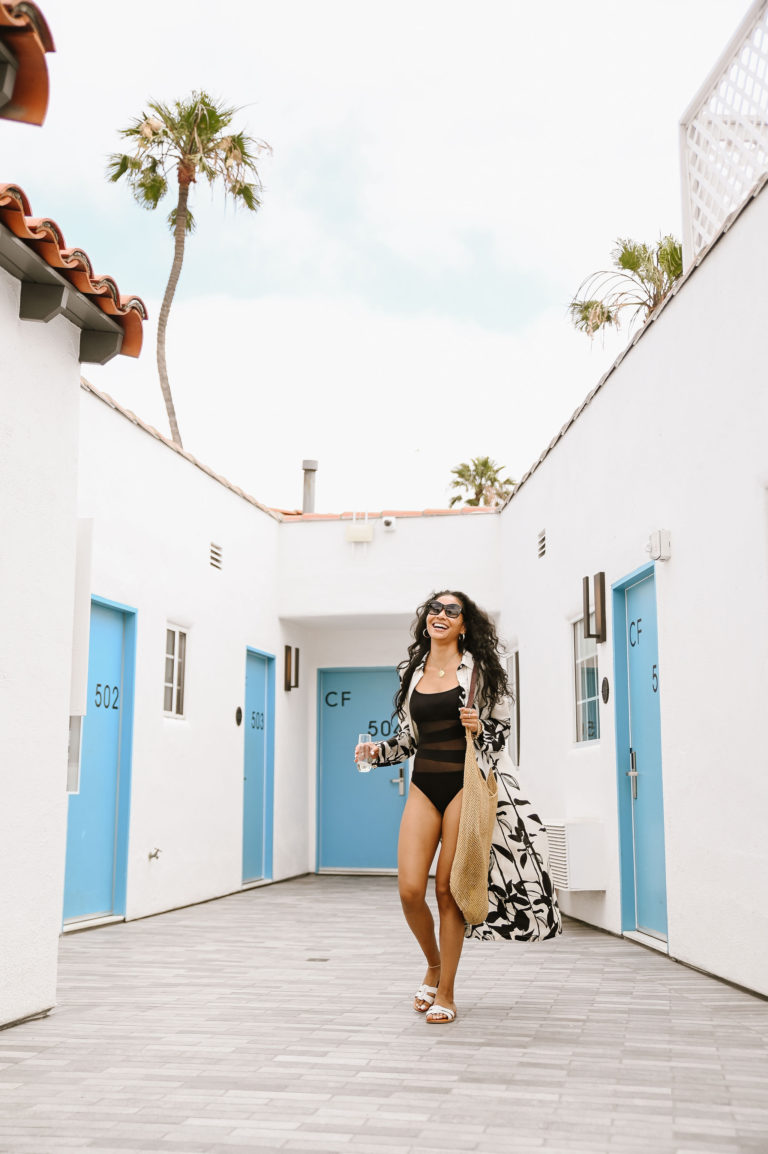Content is Queen
Move over King, we’re here to talk content. After you’ve defined and refined your logo and wordmark, it’s time to think about your imagery, a pivotal piece of the puzzle there to make your brand come alive and provide an aspirational view of the story you’re trying to tell. Let’s break down the process.
Review Concept, Create Budget & Prop List
When we shoot photos, we really want to capture the essence of a property or brand. For still life, we love to style the images with props to help bring our vision to life. If we were to use one of our clients as an example, the brand at Stones Gambling hall is Gold Rush Era Saloon. A branded shoot for them might include detail shots of players hands with cards. For the scene, I’d purchase vintage cards and authentic poker chips. Maybe there’s a cash out slip tucked in the corner of the frame that looks like ephemera from the time period. There would be a glass of whiskey neat on a worn wood table with a burning cigar. The lighting would look a little dark and moody.
When we shoot lifestyle images for hotels, I love to have a few detail shots of the rooms looking slightly lived in. I try to think about our target audience. What would their suitcase look like? What kind of book would they bring on vacation? What would they put on the bathroom vanity or nightstand? What kind of beverage would they buy? Are they more of a coffee drinker or a night cap kind of guest? I think having brand-specific props helps them look more boutique and not as sterile.
We’ve worked with budgets of all sizes. Talking numbers up front helps us plan and makes sure we don’t overspend when it comes to the photographer, models, team schedules, and physical props we’ll rent or purchase.
Scout Locations
I think it’s important to know your location and any challenges that might exist with your space prior to the shoot. If it’s a place we’ve never shot before, we like to walk the space with the photographer at the time of day we would be scheduled to shoot. That way we know any lighting challenges ahead of time. It’s important for the space to look as clean and ready as possible. We’ll schedule maintenance or plan for repairs with the property manager about a month prior to the shoot. This helps save time in post editing and avoids the hassle of having to switch scenes or locations last minute.
Create a Shot List
Once we have our concept and locations nailed down, we’ll start to create a shot list. This will help us plan our timeline, number of models needed and prop list. We’ll try to think about where the images will be used. It’s good to be extra detailed in this step because often times we’ll need the images for a specific campaign or purpose. If we know we’ll need to lay type over a photo, then we’ll plan ahead to have some kind of solid color or less busy background around the product or model.
Create Mood Boards & Wardrobe Notes
Next I’ll gather inspiration images of poses and scenes we’d like to mimic. Having these on hand can be super helpful for the photographer and models. It lets them know what you’re trying to achieve and can act as a good reference guide if the team gets stumped on the posing or a scene day of. Typically, I’ll search the web or pinterest and then collage them into a pdf document. I’ll try to find inspiration for the wardrobe, the color scheme, overall vibe, lighting and posing. Depending on the budget, we’ll send wardrobe notes to either the stylist or models. We try to be super detailed in what we’re looking for and review selections prior. The wrong outfit or styling can have the potential to ruin a shoot so it’s worth it to get all the small details dialed in.
We Live & Die By the Schedule
We detail our scenes and timeline down to the 10 minutes. This allows for the day to move smoothly and keeps the crew on schedule. Having a strict timeline allows us to accomplish our full shot list. We account for travel time between locations, meals and changing breaks. At first it starts as rough timing and gets more detailed as things get solidified. Once we hire a photographer and models, we’ll create call sheets so the key members know what time they need to arrive, what time we’ll start shooting and which scenes will happen when. It’s good to list the sunrise/sunset times and update the weather forecast about 3 days out. That way we know if we’ll need to plan more time or reschedule for inclement weather.
Source Photographer, Models, Hair & Makeup
Once we have our moodboards and shot list put together we can start to reach out to photographers and models. If it’s a smaller budget for models, we will try to work with friends, family or connections of the client. If the budget is a little higher, we’ll work with a photographer or agency to hire professionals. I think it’s really important to choose a photographer that has images in their portfolio that are similar to the look we’re trying to achieve. Same goes for models, we strive for diversity and look for subjects that will help tell our brand story. We’ve loved working with Haley Hohengarten and Gianna Dorsey, whose work is featured in this blog entry.
Showtime
Before each scene, I’ll provide direction to the photographer and models. Throughout the shots, I’ll help pose or position the models and make changes as needed. Our producer and team is onsite and ready to provide support or spring into action if needed. We come prepped with snacks and are all experts in holding the light reflector. As we’re shooting, we’ll review images with the photographer before we move on to the next scene. This lets us know if we need more time for reshoots or if we nailed it.
- Gianna Dorsey Photography
- Haley Hill Photography
- Haley Hill Photography
- Haley Hill Photography
- Gianna Dorsey Photography
- Haley Hill Photography
- Gianna Dorsey Photography
- Haley Hill Photography
- Gianna Dorsey Photography



